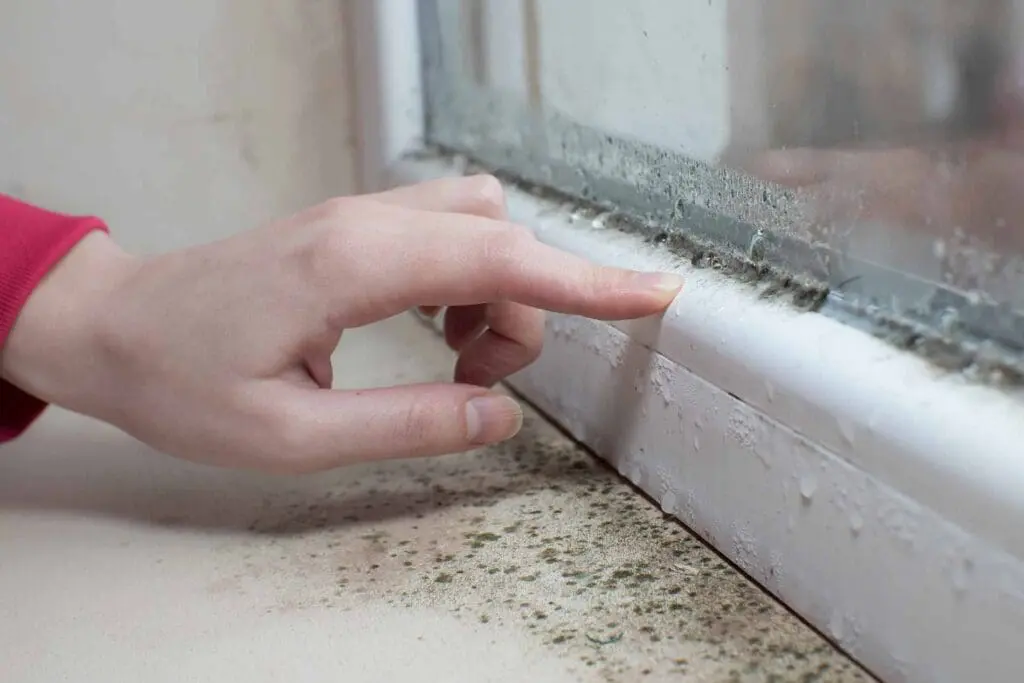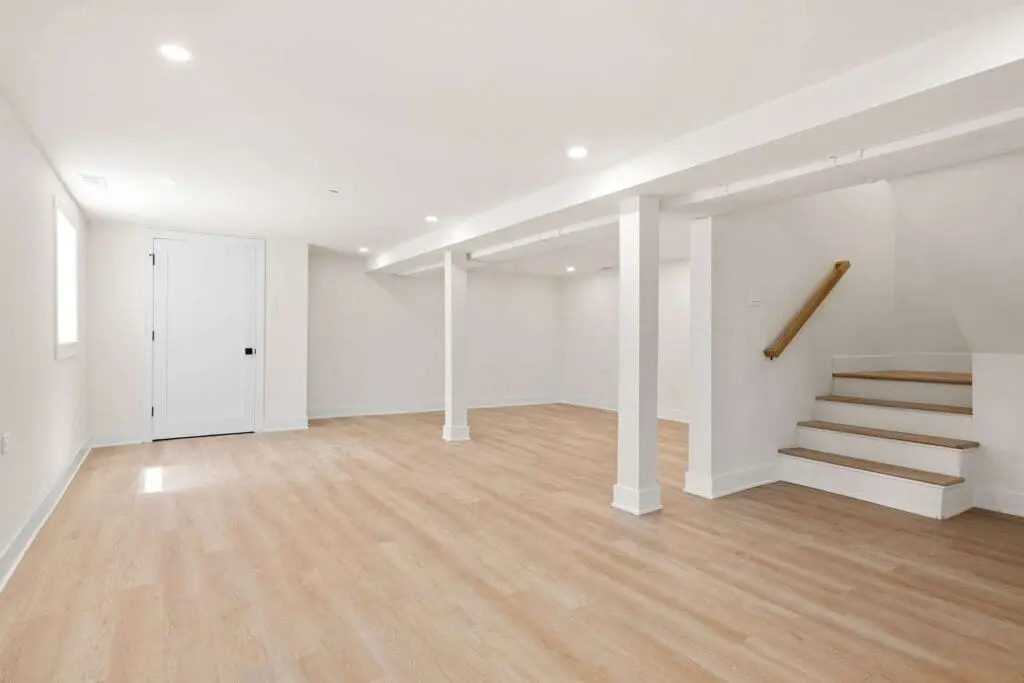Persistent dampness or puddles
Visible moisture on floors or walls that lingers or reappears, even in dry weather.

A dry basement is integral to creating a healthy living environment and maintaining your home’s integrity
As rainwater saturates the soil around your foundation, it exerts pressure on your basement walls and floor. This pressure can force water through even the tiniest cracks or pores in concrete. Moisture can lead to structural damage, mould growth, and decreased property value.
Keep your basement dry and functional with our waterproofing solutions. We safeguard your home against damp and leaks, adding valuable space while protecting your property’s foundation and structure.
Visible moisture on floors or walls that lingers or reappears, even in dry weather.
Green, black, or white patches on walls, floors, or belongings, often accompanied by a musty odour.
Chalky, white residue on concrete or masonry surfaces, indicating water seepage that carries mineral salts to the surface.
A persistent "earthy" smell, especially noticeable when the space is closed up for a while or after a rainfall.

A dry basement can be transformed into additional living areas, such as a home office, gym, or entertainment room. This can add valuable square footage to your home without the need for an extension.
Eliminating moisture reduces the risk of mold and mildew, leading to better indoor air quality throughout your home. The American Lung Association emphasizes the importance of controlling moisture to maintain healthy indoor air quality.
A dry basement is easier to heat and cool, potentially lowering your energy bills. Properly insulating and sealing a basement can save homeowners up to 15% on heating costs.
While the initial investment in waterproofing may seem significant, it can save you thousands in potential water damage repairs down the line.
While there are DIY waterproofing products available, professional waterproofing is recommended for long-lasting results. Proper waterproofing requires specialized knowledge and equipment to address the root causes of moisture problems.
For newly built basements (concrete) there are a number of solutions, some of which are crystalline admixtures, bituminous/emulsion surface applications and fastened membranes. Often, in addition to these, washed aggregate and geotextile or drainage panels are used.
Where access to the exterior of the basement walls is not practical, cracks and holes are treated with a breathable waterproof crystalline patching mortar, then the area is treated with a breathable waterproof crystalline slurry applied by brush, roller, trowel or sprayed.